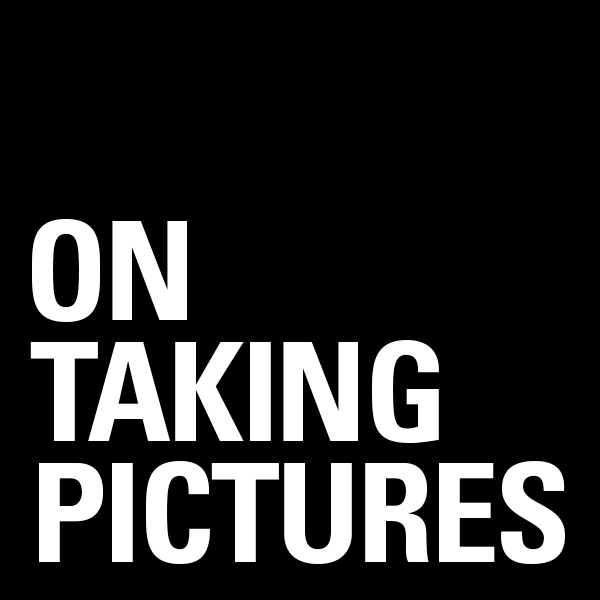One of the nice things about being self-taught and a relative newcomer to photography is that I’m constantly learning about famous photographers I never knew existed. I’m sure that if I had gone to some fancy photo school I would have had history classes where I learned all this stuff. But I had those in music school, and soon realized that force feeding a ton of different artists down your throat each week is exhausting and really not the way to do it. Happening upon them is much more fun. I’m going to make the point of pointing out people I discover in the future.
So I was up in Boston and saw a show of prints from portrait photographer Yousef Karsh (which incidentally my mother mentioned tonight on the phone is the same last name as the doctor that delivered me). Karsh died in 2002 at the ripe old age of 93, but in the years between the 1930’s and the 1990’s he had the occasion to take portraits of just about everyone who was anyone. His Wikipedia page mentions that of the 100 most notable people of the century, named by the Who’s Who in 2000, Karsh had photographed 51. Not too shabby.
His portraits are very formal, no snapshots here and shot with an 8×10 camera. They had one of his cameras there at the exhibit, along with the wooden box it traveled in, complete with Concorde flight tags. It was very cool. His photographs are almost universally black and white, and meticulously lit, I found it almost painful how good they were. Makes me want to get better NOW and also quit because I suck, almost simultaneously. You can tell that they took a lot of time. That his sittings were about making one or two finished portraits, not shooting 300 shots.
I’m reading the book from the exhibition now called “Regarding Heroes” It doesn’t seem to be available on amazon or else I’d force you all to buy it. In the book the author mentions that on one of the shots he used 6 lights, and I think he used hot lights. Spotlights to be exact, though I can’t be sure without more research. He had a way of overlapping the lights so that while there were shadows, they all filled each other in somehow to give this midrange of gray that’s just perfect.
In some of the images there is a great dynamic range of detailed highlights and shadow, some lit by window light or through and open door. The first thing I though was, “There’s no way you could do that with current digital. The minute you stopped down enough to not blow those highlights, you’d have no data in the shadows”. Film, especially B/W still has a big advantage in dynamic range.
Monday was the last day of the show in Boston, but I have a feeling it’s a traveling exhibition, so keep an eye out. The prints themselves were masterfully done. The overall tone of the them was really breathtaking. They were at the same time contrasty and not. Again, the mid-tones were something I’m going to strive to achieve. Times change and progress and all that, but hand printing is soon going to be a lost art. I was watching the beginning of a documentary on Cartier-Bresson the other day on Netflix and the scene behind the opening credits is some guy printing one of the photos. Making what looked like shadow puppets to control the light and burn parts of the image. It was amazing.
So go take a look at his work. Here’s a link to a site where I found a bunch of his stuff. Personally what I’m going to take from this is that now I’ve got a new goal of excellence. I get a rush from looking at other people’s work and trying to figure out how they did it, to try to get inside their head and add a style to my creative toolbox. I’ve got to get all my lights out and see what I can do.
